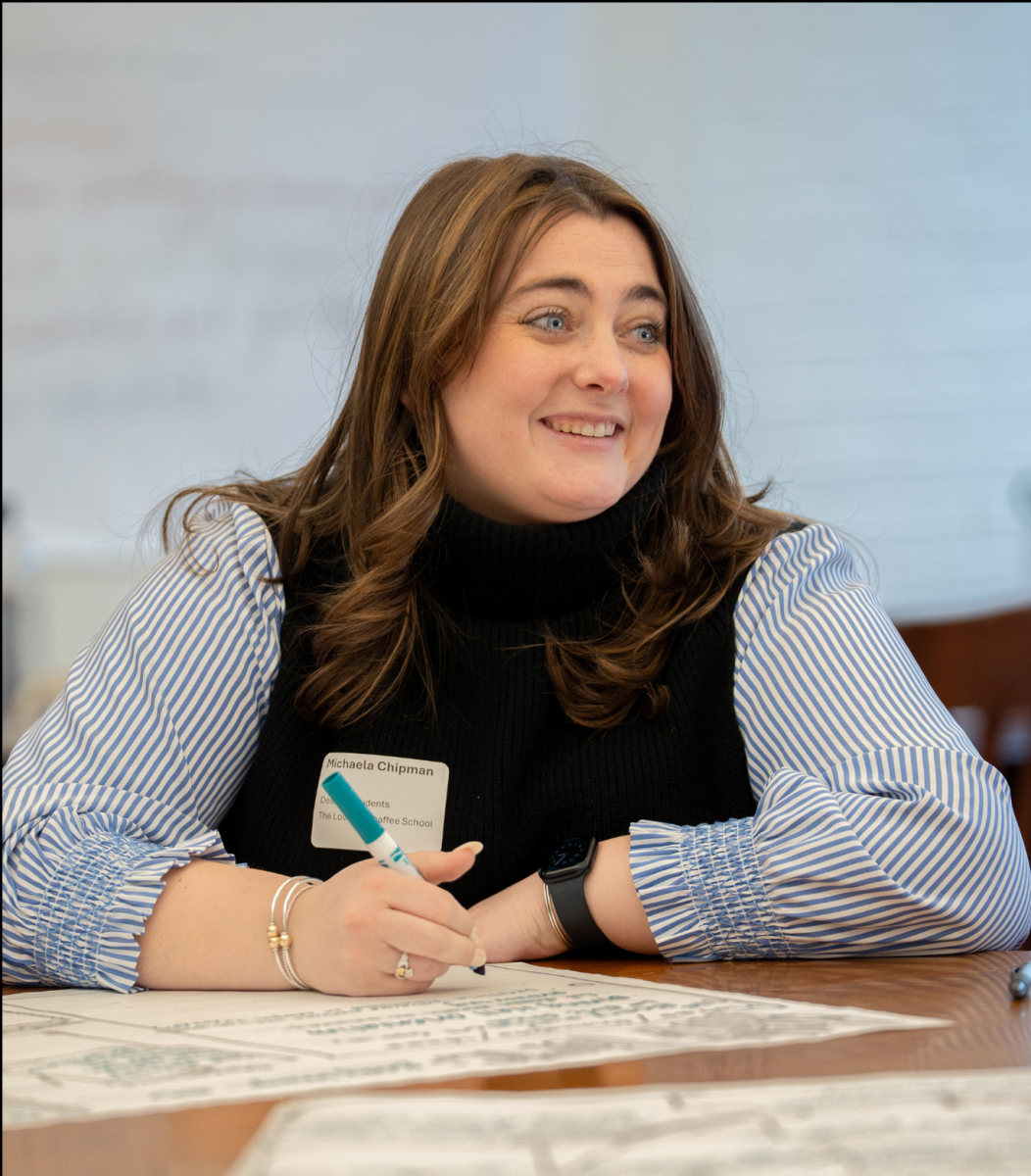Exploring the Life of Osbert Burr Loomis
February 24, 2023
If you have ever spent time on the Loomis Chaffee campus, you have probably noticed mentions of its founders, whether in reference to the northernmost building on campus or simply from a plaque in the Scanlan Center. But have you ever stopped to wonder about the individual lives and stories of each of these five siblings that collaborated to charter this school and mold this wonderful community?
Leading a life of artistry and travels, Osbert Burr Loomis was one of the sibling-founders that established the beginnings of LC. He was born as the fourth son of James and Abigail Loomis in Windsor, Connecticut, on July 30, 1813. After attending Wilbraham & Monson Academy, Osbert pursued higher education and studied art at Yale University.
“His dad had expectations for him to be a merchant, but he really wanted to be an artist,” History Faculty and Archivist Ms. Karen Parsons said.
Osbert continued to follow his passions and moved to New York City after completing his formal education to study art with Samuel F. B. Morse, inventor of the telegraph machine. He later moved to Charleston, South Carolina, to start a career in portrait painting.
After marrying his wife Janette Hart Jarvis, Osbert moved to Havana, Cuba, in January 1844.
“We don’t know whether he was somehow involved in the sugar industry or if he just saw Cuba as a place where he could be a kind of entrepreneur,” Ms. Parson said.
Whatever the motive for his move, Osbert made a life for himself in Cuba, relocating his portrait painting business to his new home. In a life update for his college classmates in 1875, Osbert wrote that he had become “the island’s most esteemed portrait painter.”
“Osbert was a relatively modest guy, so for him to go out on a limb to say that means he probably did achieve a lot of respect as a portrait painter,” Ms. Parsons said.
Osbert expanded his artistry beyond his initial specialty and toward other modes of art, such as photography and landscape. One of his most notable pieces was a 500-foot-long canvas painting that, when rotated, simulated a view of the Cuban coast from a boat.
“You would go to a theater, and there would be a stage and a large wooden frame, and the canvas was on a spool so it could be drawn across the frame,” Ms. Parsons said, explaining how the canvas would be viewed.
This landscape was a phenomenon advertised by showman P.T. Barnum and became a money-making venture for Osbert when he displayed it in New Orleans, Charleston, and New York City. Osbert also painted religious scenes on altars in chapels and churches.
After returning to the United States from Cuba, Osbert took a trip across Europe visiting countries such as England, France, Germany, and Switzerland. Osbert recorded in his travel journal that while on an expedition through the Swiss Alps, he met a group of strangers also traveling the region. The group longed to find a common language to communicate through and eventually settled on Spanish.
“It is beautiful how he talks about the joy of finding a common language to share the experience in,” Ms. Parsons said.
This satisfaction followed Osbert in his ventures in founding The Loomis Institute, the predecessor of Loomis Chaffee. His appreciation and emphasis on the importance of learning shaped his suggestions for the structure of the school.
“He wanted students to live in three ‘families,’ each headed by faculty members who were native speakers of either French, German, or English, making an immersive language experience,” Ms. Parsons said.
Osbert became extremely interested in educational philosophy and how schooling prepared students to confront real world problems. He completed much research on these subjects and worked to apply them to the school as the chairman of The Loomis Institute’s Board of Trustees.
“He wanted the school to have a library with historical relics,” Ms. Parsons said.
Osbert also collected items from books to a piece of Fort Ticonderoga and a shell from the Battle of Gettysburg for future use at the school. He left a lasting impact on the environment of Loomis Chaffee, empowering future students with the gift of education informed by his experience of the world.








